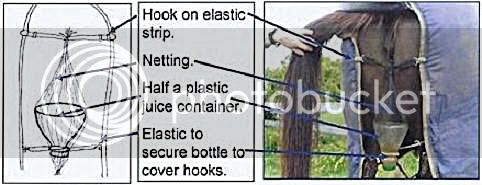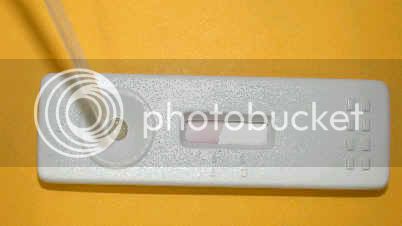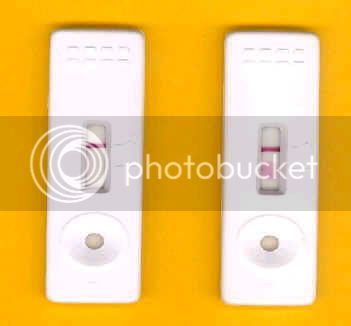HI Everyone my name is Lynne Rauch I'm a distributor for WeeFoal Urine Pregnancy Tests, I wanted to answer a few questions,
1, No a human pregnancy test does not work on horses
2. I will check on shipping to Europe
3.the tests are good for a full year there is a experation date on them andthey need to be kept refrigerated once you have received them
4.They defintaly work !!!!! No false posititves
5. ways of collecting urine besides Mona's awesome discovery is listed below, remeber a wee bit of dirt wont hurt your tests, also they sell for $38.00 each or 3 for $100 I have listed them again on Last Chance auction for anyone intersted in ordering, any questions please email me !!!!!! Thanks Lynne
[email protected]
The WeeFoal test is best performed on freshly collected urine which may be obtained at any time of the day. The test may also be performed on collected urine which has been stored for up to 48 hours at 4 degrees centigrade. It does not have to be in sterile conditions. A wee bit of dirt wont hurt.
Horses urinate relatively infrequently, about once every 6 hours. Consequently, unless you know the habits of your mare, it can be tricky catching her urinating so that you can collect a sample for pregnancy testing. Some mares are very obliging, and will urinate predictably after exercise or feeding, or being put on or taken off a float, and so collecting a urine sample is easy.
Less co-operative mares can often be encouraged to urinate by putting them in a stable with light plastic sheet on the ground and fresh straw at the parameter. Some mares will urinate after they have been 'whistled' at. Some owners have also found that simply taping a sanitary pad below the vulva of their mare permits easy collection of a urine sample.
It is not necessary to collect the urine sample directly into a container as it is being voided. If you see your mare urinating, urine which has been voided onto the ground can still be collected by placing absorbent material (e.g. a paper towel) onto it, and squeezing the urine out into a container.
Another very reliable method to collect urine is to attach a collection device to the mare. One such device, invented by breeder Gill Booth from KeriKeri, attaches to the mare's blanket cover. The device is simple, inexpensive and easy to make, and generally undetected by the mare. A picture of Gill's device is shown below.
Suggestion: Placing some absorbent material in the collection container is also useful, as this prevents all the collected urine splashing out when your mare runs up to greet you! Again the urine can be squeezed out of the absorbent material into a sample container for shipping.
Test procedure
The WeeFoal test can be performed on a urine sample collected from 120 days after mating through to expected foaling. It is not recommended to use the test before 120 days have elapsed after mating. Run the test at room temperature and in a well-lighted area. The urine sample and test pack should be at room temperature before performing the test. The urine sample must be diluted as described below.
Do not run the test with undiluted urine.
When ready to perform the test, open the foil pouch and place the test cassette, 2 plastic pipettes and tube of urine diluent on a flat, clean surface. Take one of the pipettes, squeeze the upper bulb and draw enough of the urine sample into the pipette to fill the stem completely. (0.15 ml will fill the stem, and any overdrawn amount will go into the lower bulb reservoir). Discharge the urine sample from the pipette stem into the tube of urine diluent by gently squeezing the upper bulb (any excess fluid from the draw will remain in the reservoir). Replace the cap on the tube of urine diluent and invert the tube twice to thoroughly mix the urine with the diluent. Take the second pipette, put the stem in the tube of diluted urine, and draw enough of the diluted urine sample into the pipette to fill the stem completely. Discharge the diluted urine sample drop by drop from the pipette stem into the round sample well of the cassette by gently squeezing the upper bulb (any excess fluid from the draw will remain in the reservoir).
Allow the sample to soak into the absorbent pad in the well between drops. Once a few drops have been added to the sample well, the urine will start to flow along the membrane in the cassette window. Continue adding drops of diluted urine until the leading edge of the fluid is ¾ of the way along the membrane, i.e. has reached the ‘C’ mark on the plastic housing.
Do not flood the sample well by adding too much sample, or adding it too quickly.
Wait for 5 to 10 minutes. The test result will generally be obvious within 5 minutes but occasionally it may take up to 10 minutes for the result to clearly form.
Positive ------------ Negative
Interpreting the result


























































